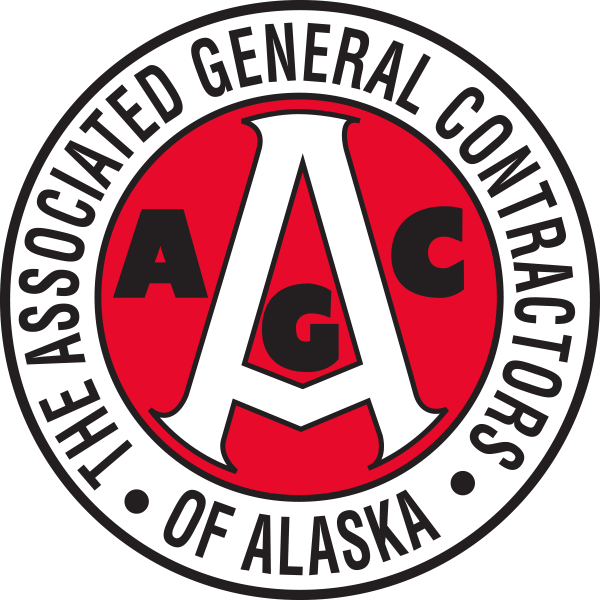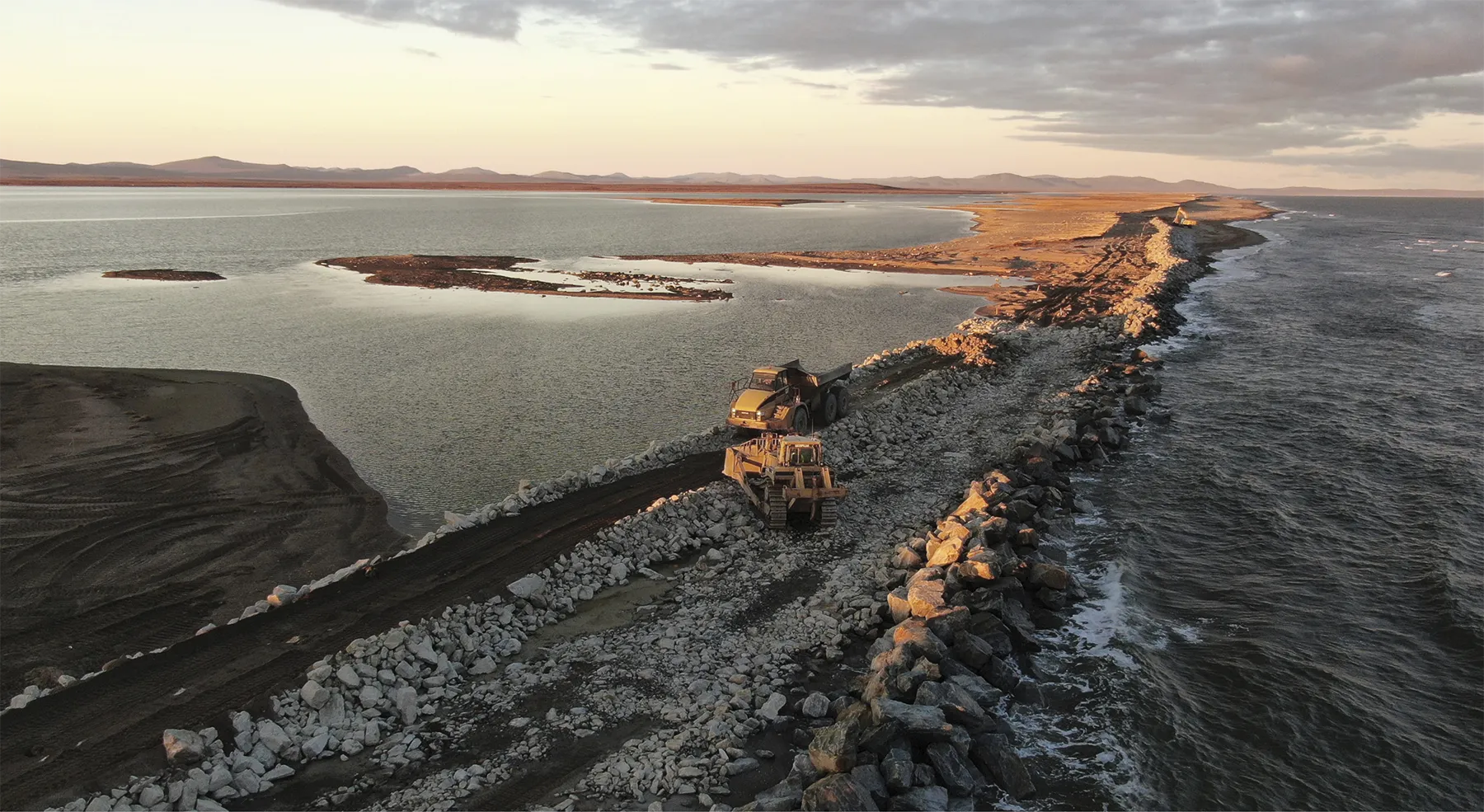
Update
fter a long winter, construction crews will return to parts of Western Alaska to complete repairs started last September after Typhoon Merbok.
This Category 1 storm included hurricane-force winds and waves that topped 50 feet. Though no injuries occurred, the storm left significant damage to shorelines, protective coastal berms, roads, and homes along the Bering Sea. The Alaska Department of Transportation and Public Facilities, or DOT&PF, immediately mobilized efforts both in-house and through emergency contracts to remove debris and restore road access in the five cities and villages hit hardest by the storm: Nome, Golovin, Elim, Shaktoolik, and Koyuk. And while final repairs from Typhoon Merbok near completion, DOT&PF has started to look forward to more permanent fixes in the future.

“We talked then about going back in the spring and fixing up that road,” says Hall. “It’s been a tough winter with a late breakup. We haven’t had a chance to assess the current shape of roads in that area yet.”

- Uresco
- Northern Air Cargo
- Rural Energy Enterprises
- Pacific Asphalt
- Board of Trade, Inc.

Since the work was interrupted, the contractors were given an extension to finish armoring and adding materials to the roadway surface. Contracts for emergency repairs conducted by Knik Construction and Tumet were officially awarded shortly after crews demobilized for the winter, $8 million and $8.7 million respectively. Herning says emergency contracts are based on time (labor and equipment) and materials, due to the fact DOT&PF doesn’t have a design for the repairs or the time for a bidding process.
“There won’t be any additional emergency repair contracts,” says Herning. “Our design section is currently working on permanent repair solutions that will bring the roadway to pre-existing storm conditions. These contracts will most likely be advertised in the next year or two.”
Though smaller typhoons are common in Western Alaska, the last one of this magnitude hit in November 1974. The amount of damage left by smaller storms often depends on the time of the year in which they strike. Fall storms are often more devastating than winter storms because the ground is still soft. Once freeze-up hits, the ground and sandbars harden and are less vulnerable to damage from winds, coastal flooding, and rain.